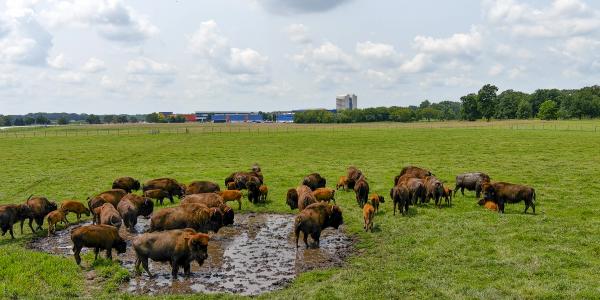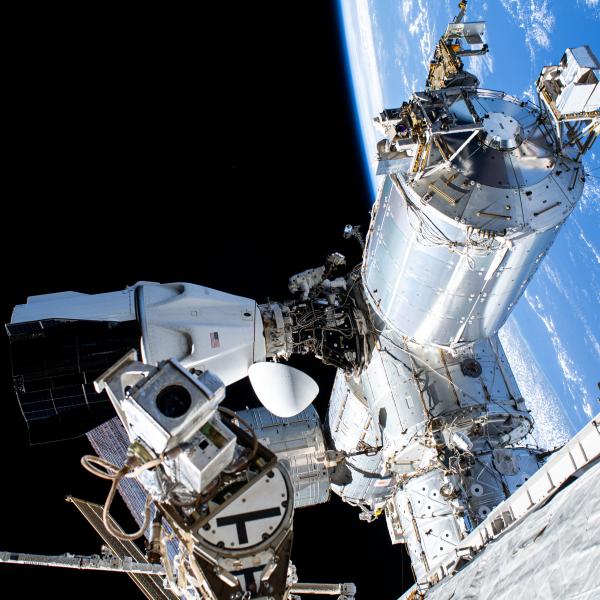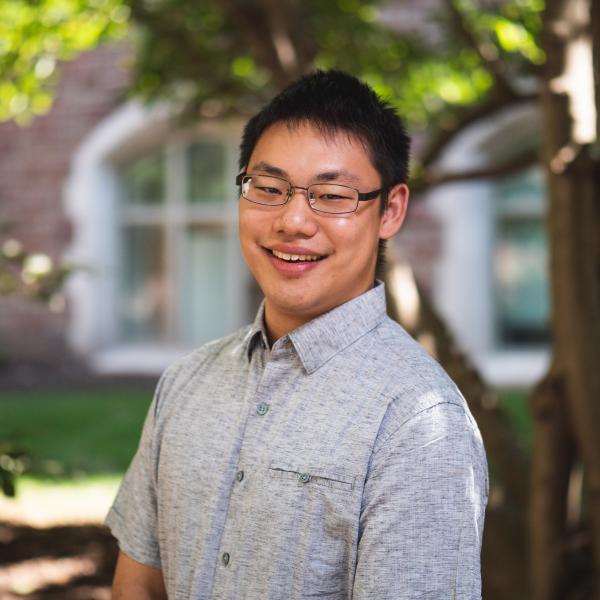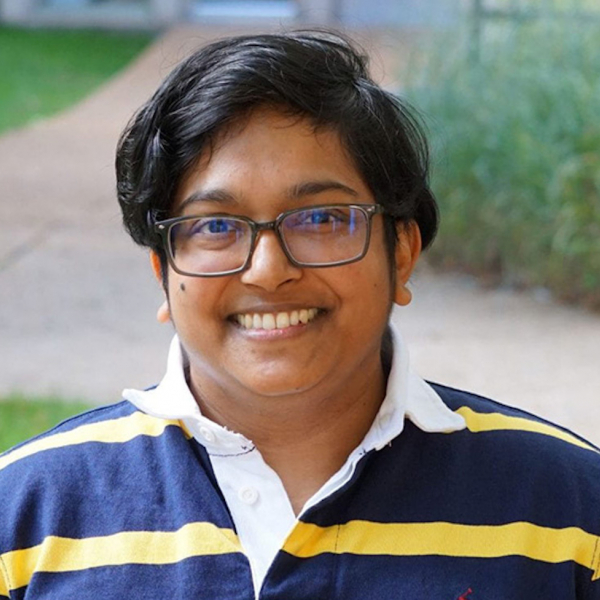Bhupal Dev, assistant professor in the Department of Physics, won a $20,000 grant from the Universities Research Association (URA) Visiting Scholars Program to support his project titled “Probing New Neutrino Interactions at DUNE.” The Visiting Scholars Program helps support visits by researchers from URA member institutions to work at Fermi National Accelerator Laboratory (Fermilab) in Batavia, IL.
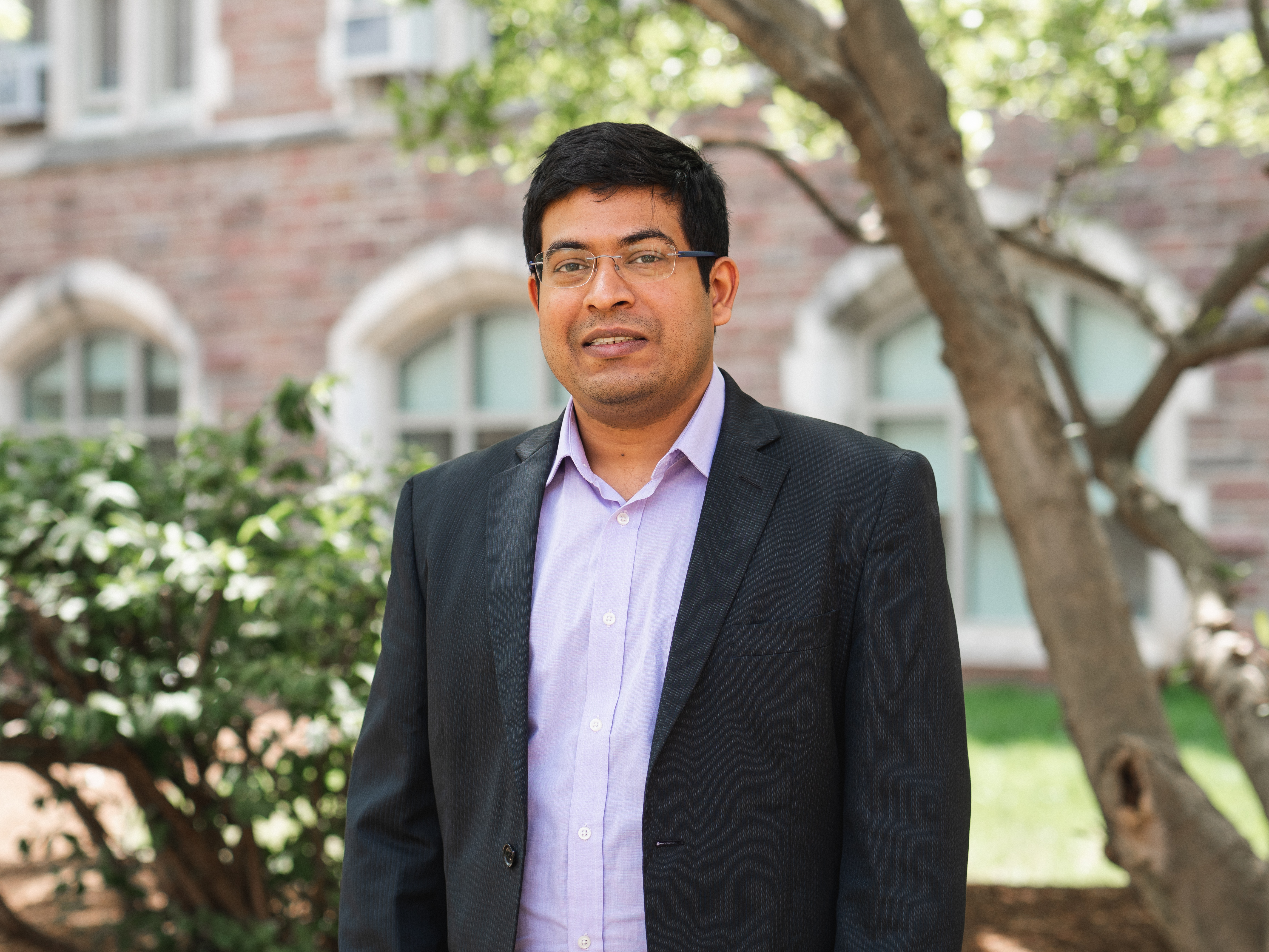
During summer and fall 2022, Dev will collaborate with Fermilab’s theory group on the physics of neutrinos, exploring these enigmatic fundamental particles with an eye toward future paradigm-shifting discoveries. Neutrinos, or “little neutral ones,” are so named because they are electrically neutral and were long thought to have zero rest mass. The experimental confirmation that neutrinos can change types, or oscillate between three distinct “flavors,” revealed that neutrinos must have some mass (albeit small) and was awarded the 2015 Nobel Prize in physics.
“The origin of neutrino mass requires some new physics beyond the so-called Standard Model,” Dev explained. “One way to learn about neutrino properties is by studying how neutrinos interact with matter like electrons and nuclei.” For this purpose, Fermilab is hosting a multibillion-dollar flagship neutrino experiment, the Deep Underground Neutrino Experiment (DUNE), which will shoot intense neutrino beams from an accelerator complex at Fermilab and detect them 800 miles away in Lead, South Dakota, using a three-story tall, 70,000-ton detector filled with liquid argon.
Dev was quick to note that this experiment is perfectly safe for the cows and cornfields between Batavia and Lead, as neutrinos are typically non-reactive. But, with DUNE’s huge detector and the Fermilab group, Dev will be able to analyze how non-standard interactions of neutrinos with matter could affect their production, propagation, and detection. “My hope is to leverage the physics potential of the DUNE experiment to discover the origin of neutrino mass and the associated new physics,” Dev said. “This will address one of the key open questions in particle physics.”
Header photo: Fermilab's first director brought bison to the lab in 1969 as a symbol of the history of the Midwestern prairie and the laboratory’s research at the frontiers of particle physics. The cutting-edge research going on at the lab is now, and has always been, safe for the local flora and fauna. (Photo: Ryan Postel)

